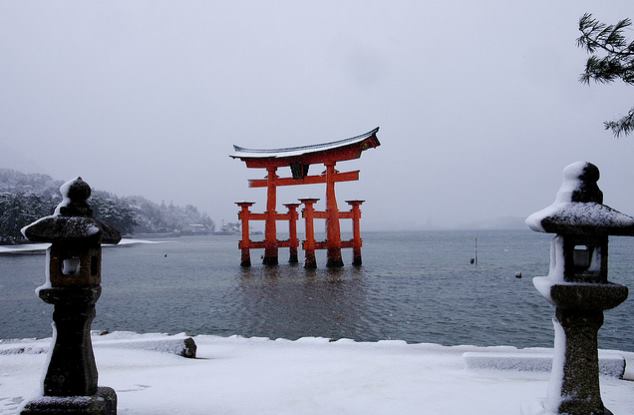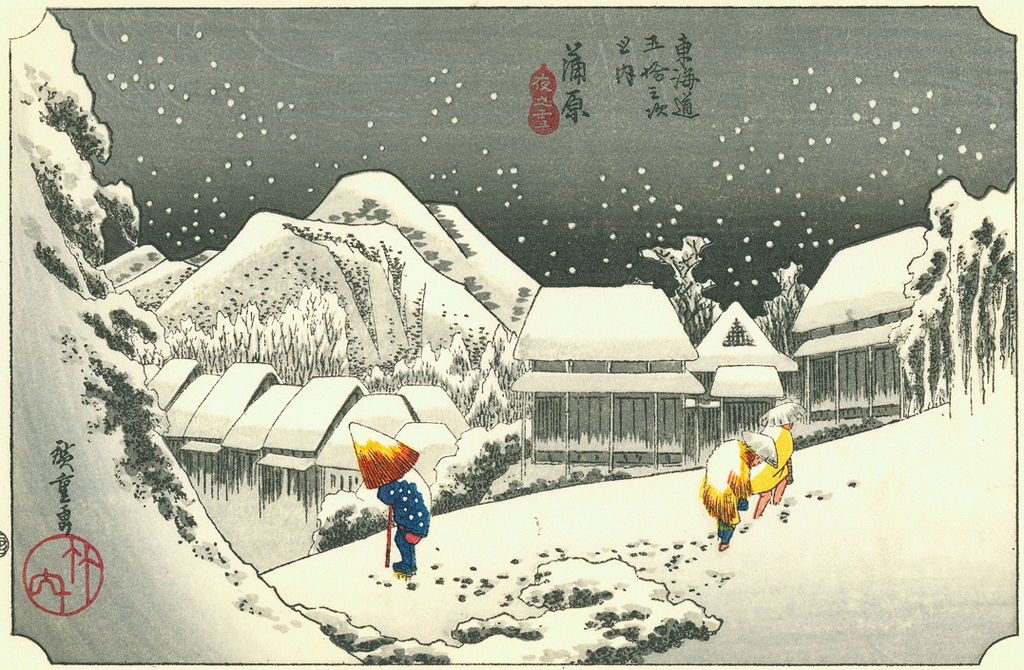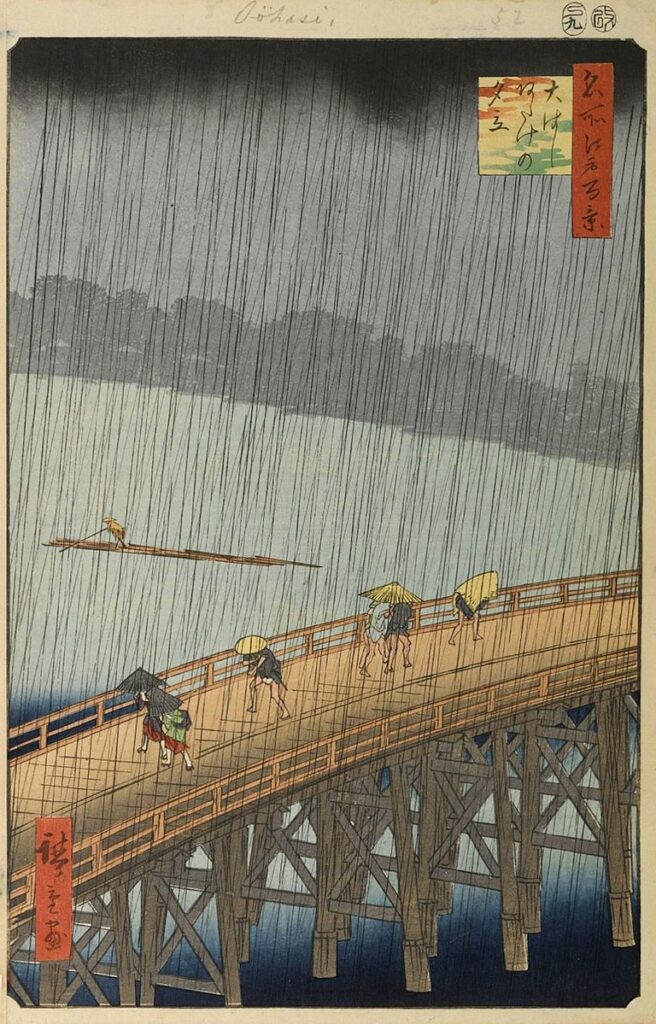
“Watsuji believed that Heidegger, preoccupied with his phenomenological study of consciousness and temporality, had undervalued the particularity of body and space. Moreover, Heidegger’s world of human being was notably lacking a full accounting for the influence of culture” (Thomas P. Kasulis).
Thomas Kasulis writes: “While in Berlin in 1927 Watsuji turned to reading Heidegger’s new book Being and Time, with high expectations. Heidegger was not only Husserl’s most eminent student, but also, it was said, had had a falling out with his teacher over the future direction of phenomenology. Being and Time was rumored to be a trailblazing work that used phenomenology in a new way to address the qualities of human existence, to unravel the subtleties of living in the world. As he began to read, Watsuji was engrossed, but upon reflection he felt something amiss. Somehow this new Heideggerian philosophical anthropology did not jibe with the experience of this Japanese studying philosophy in Germany … Watsuji believed that Heidegger, preoccupied with his phenomenological study of consciousness and temporality, had undervalued the particularity of body and space. Moreover, Heidegger’s world of human being was notably lacking a full accounting for the influence of culture.”
Heidegger had coined the concept of “Mit-sein” (being-with), but he had seen it as already included in his concept of Da-sein. Bret Davis says that Watsuji’s aidagara (betweenness) can be regarded as “a more radical version of Heidegger’s Mit-sein.” Whereas, according to Christopher Fynsk, quoted by Erin McCarthy, Heidegger’s “‘analysis of Da-sein in Being and Time leads back insistently to the solitary self,’ for Watsuji, being-with-others is part of the authentic nature of being human.”
Kasulis tells us that Watsuji had already began to formulate a response to “Heidegger’s philosophical anthropology before he even started his journey home by sea in 1928, but the resulting book did not appear in print until 1935. Entitled Fudo, when the manuscript was completed in 1928, it was possibly the earliest book length response to Heidegger’s Being and Time written in any language.” Geoffrey Bownas’ translation of the book into English was published in 1961 under the title A Climate: A Philosophical Study (now only available in PDF).
Of course, before air travel, long distance travel was by boat, and during the calls at ports along the way, Watsuji was able to get a first hand experience of the three main “climates” he describes in Fudo – monsoon, desert, and meadow. He may also have had time to write a good part of the book before reaching Japan.
Just as had been the case for the geographer Augustin Berque, when he published his own translation of Fudo into French in 2011, it is Watsuji’s method that retained Kasulis’ attention. “Watsuji found Heidegger’s account of the world too cerebral and spatially homogenized, and most of all, too detached from any full-bodied notion of culture.”
First of all, Watsuji had to find an alternative word to refer to Heidegger’s notion of “in-the-world” (in-der-Welt). Kasulis explains that the word “fudo” (“Wind and Earth” in Japanese) was borrowed from “fudoki,” (records of fudo), “gazetteers that” in the Nara period, “surveyed not only such items as topographical features, natural resources, and agricultural products, but also information about local folktales, dialects, and customs. Thus, they were regional geographies in our present-day sense of being more than maps and statistics; they were also overviews of the local cultural environment.” We can see right here that fudo refers to a lot more than just the “climate” and Kasulis adopts Berque’s “milieu” in the broadest sense of “physical and cultural” milieu.
So, for instance, “the meteorological climate of much of Japan is rather temperate, but also humid and rainy. Those conditions accord with an architectural style having not only overhanging roofs to keep out the rain, but also walls of sliding paper panels to let in the light and air. That led to the possibility of opening the home’s walls to a garden, bringing the outside world in. That, in turn, influenced the cultural attitude toward nature.”
A Phenomenology of Cold
To explain Watsuji’s phenomenological method, Watsuji uses the example of cold. Kasulis notes that our usual grasp of cold, as well as the view of science, is that it is “an external physical object that exists outside us” as a “stimulus to our sense organs.” But Watsuji observes:
“How can we know the independent existence of the cold before we feel cold? It is impossible. It is by feeling cold that we discover the cold … As far as individual consciousness is concerned, the subject possessed the intentional structure within itself and as a subject already “directs itself toward something.” The “feeling” in feeling the cold” is not a separate piece that results in a relation directed at the cold, but is in itself already a relation by virtue of its feeling something, and it is in this relation that we discover cold.”
Kasulis comments: “Therefore, for us to recognize the cold as cold, we must consciously attend to it. Experiencing the “cold out there” cannot be divorced from my feeling the cold. The cold and I are in internal, not external, relation … What is cold is not my idea of the cold (an idea cannot chill me to the bone), but rather, the cold itself as something I experience as outside me.”

Watsuji then points out that, “When we feel the cold, we ourselves are already dwelling in the coldness of the outside air.” In Heidegger’s terminology it was referred to as “Ausser-sich-sein,” a concept he had delved into at length. “That we come into relation with the cold means that we ourselves already “stand out into” the cold. Our very way of being is characterized by what Heidegger calls “exsistere” (literally, “to cause to stand forth”), a feature of intentionality.”
Kasulis notes that Watsuji also adds a dimension that is usually missing in Western philosophy – that of the “we” beyond the individual “I.” In Watsuji’s words: “But as we have been able to use the expression “we feel the cold” without any difficulty, it is “we” who experience the cold, not “I” alone. We feel the same cold in common … Thus, it is not I alone but we – or more strictly, I when I am “we” and when we are each an “I” – who are outside in the cold … Accordingly, to “ex-sist” means already to be out among other “I”s before it means to be out in some thing such as the cold. This is not the relation called intentionality, but rather an interrelation called aidagara, “betweenness.” It is primarily “we” in this mutual relationship of betweenness who discover ourselves in the cold.”
I could not find the word “aidagara” or “betweenness” in Bownas’s translation, but both Kasulis and McCarthy argue that the notion of aidagara, as well as that of ningen, with which Watsuji is now associated, can already be felt to have shaped Watsuji’s understanding of Fudo.
Watsuji then moves on to include other aspects of the weather, as well as further aspects of life as experienced in any particular land. He writes: “The weather, too, is not experienced in isolation. It is experienced only in relation to the soil, the topographic and scenic features and so on of a given land.” This sentence alone should warn us about the inadequacy of using the word “climat” to translate Fudo.
Kasulis describes Watsuji’s method as “conceiving experience to be a holistic field, embracing as a single event what we typically divide into subject and object. “Cold, Watsuji insists, is not external to me, impinging on me through the mediation of my senses.” Instead, “Watsuji sees a single, internally related event in which cold and I are inseparably part of each other.” But this inseparability is, as it were, located out there. “When I say “I am cold” I am not referring to the cold, but conferring with it. To feel the cold, to know the cold as cold, is to engage the cold, not detach ourselves from it. Yet, Watsuji points out, part of that event is that I can take a standpoint within it such that the cold is externally “there” to be felt, but – and this is the crucial point for him – whenever I externalize the locus of the cold, at the same time I must externalize myself as what is acted upon instead of as what is experiencing. If the cold is “out there” then I am “out there” with it in an internal relation to it. The cold and I exist together.”
Kasulis continues: “Yet, oddly enough, for me to see myself as “out there,” I must also be “over here” looking at myself “out there.” That is, for me to experience the cold as external, I must externalize myself with it, thus implying the existence of a double I, the external I that is internally related with the cold “out there” and the I that is looking at the I-cold dynamic as existing outside itself … That polarity, and individuated self vs. a self within a shared field, will be crucial to Watsuji’s later, more fully developed theory of what it means to be human and to be ethical.”

Because of this externalization of the “I,” the “holistic field embracing as a single event what we typically divide into subject and object” included a wider social dimension and allowed Watsuji to broaden his inquiry to ethics. “As the character of my own experience allows this standing outside myself, I find myself not only within the cold but also within a social world in which I encounter other people who share the cold. I see them on the street, nod, and say “cold, isn’t it?” while fully expecting some expression of agreement in return. Using our special terminology again, we could say my conference with the cold also includes my conference with others sharing that cold … fudo is the shared field within which I, cold, and we exist together. That existence constitutes what Watsuji calls “betweenness” (aidagara) or being in the midst.”
In addition to aidagara, a first articulation of what Watsuji later referred to as ningen is found in Fudo when he explains what he means by “human being”: it is “not the individual (anthropos, homo, homme, etc.) but man both in this individual sense and at the same time man in society, the combination of the association of man. This duality is the essential nature of man … For a true and full understanding one must treat man both as individual and as whole (Watsuji 1988).” The concept of ningen, which is fully developed in Watsuji’s Ethics “has its roots in Fudo.”
Erin McCarthy points out, however, that in Fudo, Watsuji’s emphasis is on the subjective element that distinguishes it from a conventional understanding as “natural environment” because, McCarthy says, that “keeps us apart from our surroundings and, as a result, apart from the fullness of our experience as human beings. Properly construed, fudo, misunderstood by us, according to Watsuji, as “natural environment” only is neither object nor subject, but rather a relation of betweennesss – the betweenness of relationships with others as well as betweenness with nature and the world of things. Fudo is at once the ground out of which our self-apprehension arises and, at the same time, an expression of this very self … In other words, space as a container, or environment considered as something without human subjects in it, is merely an abstraction.”
McCarthy then refers to Augustin Berque whose translation of fudo as “milieu” she fully supports (See “Fudo, the Human Milieu” and “Mediance as Fudosei” for details of Berque’s understanding of Fudo).
Sources:
Thomas P Kasulis – Engaging Japanese Philosophy
Erin McCarthy – “Watsuji Tetsuro: The Mutuality of Climate and Culture and an Ethics of Betweenness “- research paper in academia-edu and chapter in The Oxford Handbook of Japanese Philosophy
Watsuji Tetsuro – A Climate: A Philosophical Study – translated by Geoffrey Bownas
https://monoskop.org/images/9/90/Tetsuro_Watsuji_A_Climate_A_Philosophical_Study.pdf

